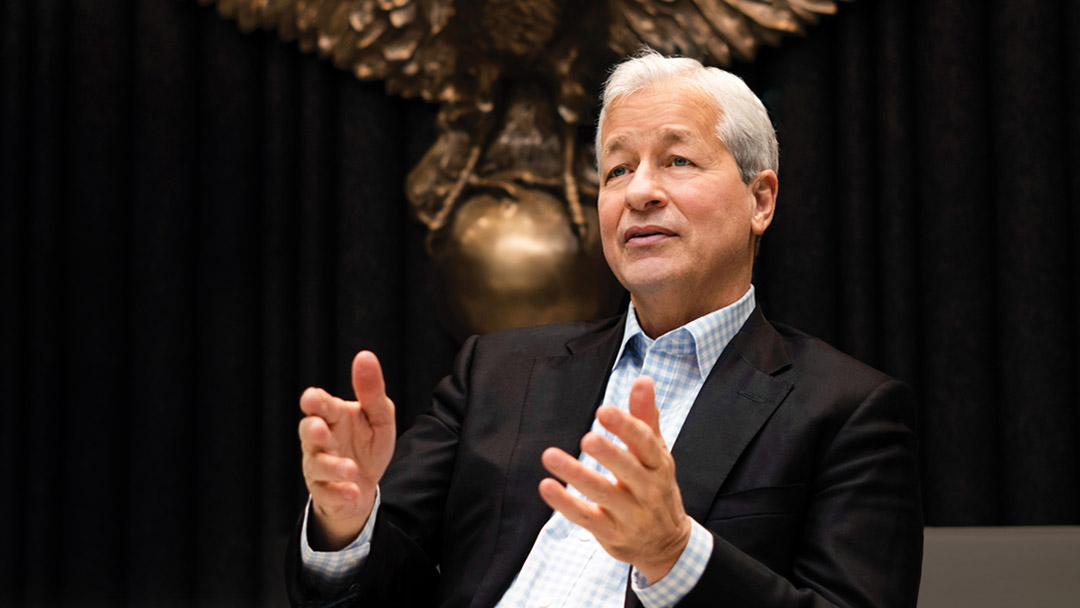JP Morgan's Jamie Dimon on "combating the enemy within."

The new JP Morgan annual report is out, and with comes Jamie Dimon's always compelling letter to shareholders. This year's missive covers a number of notable trends, including the rising competitive threat to banks from alternative providers of financial services like Wal-Mart, Apple, and Fintechs, as well as the decline of the public corporation (public companies peaked in 1996 at 7,300 and now total 4,800).
But the section that really caught my attention was about fighting bureaucratic creep, which Dimon defines as "the enemy within."

Here's the relevant passage from the letter:
While trust is the force multiplier, a workplace cannot devolve into excessive, feel-good collaboration and bureaucracy. I have seen work environments in which everyone is so nice to each other and so collaborative that it slowly creates crippling bureaucracy as everyone’s opinion is sought out — and everyone has a veto.
The other disease that arises from within is a workplace completely run by corporate headquarters: It is very easy to be critical of people in the field for their failures when you don’t walk in the trenches with them.
Very often, the enemy within fights change, resists making bold decisions and balks at investments that are hard, such as growing the salesforce. When the enemy within takes over, energy and creativity wither quickly … although it may take decades for the company to die.
Dimon's observation about the creeping nature of bureausclerosis is a subtle and important. Like Agent Smith in Matrix Reloaded, bureaucracy is self-replicating, and like the creature in Alien, it’s relentless. The dynamics are familiar to anyone who has spent time in a large organization:
- In a bureaucracy, your power and compensation are the product of head count and budget. No one ever downsizes their empire voluntarily.
- Staff groups justify their existence by issuing rules and mandates, which seldom have a sunset clause. As a result, the clog of red tape grows ever bigger. Moreover, internal service providers can’t be fired by their so-called customers.
- Every new challenge begets a new CxO or head office unit. These soon become permanent fixtures.
- As the organization grows, layers get added, and the ratio of managers to frontline team members creeps upward.
- With every crisis, authority moves to the center, and stays there. And as bureaucracy grows stronger, those who might resist it grow weaker.
Most of the attempts at rolling back bureaucracy are ad hoc and incremental. Problem is, trimming a few layers, a smidgen of mindfulness training, a dollop of agile teams, a spritz of digital transformation, or a fresh coat of analytics—won't cut it. Combating the enemy within requires a systematic approach, one that wrings out bureaucracy out of every element of a company's structures and processes, and enlists everyone in the organization. It's good to see some CEOs like Dimon or Roche's Bill Anderson recognize this, but we need a lot more of them to get woke about the human and economist costs of bureaucracy.